
HISTORY OF ANTIGUA AND BARBUDA
It would be difficult to overestimate the impact on Antigua's history of the arrival, one fateful day in 1684, of Sir Christopher Codrington.
An enterprising man, Codrington had come to Antigua from Barbados to find out if the island would support the sort of large-scale sugar cultivation that already flourished elsewhere in the Caribbean. His initial efforts proved to be quite successful, and over the next fifty years sugar cultivation on Antigua exploded.
By the middle of the 18th century the island was dotted with more than 150 cane-processing windmills--each the focal point of a sizeable plantation. Today almost 100 of these picturesque stone towers remain, although they now serve as houses, bars, restaurants and shops.
At Betty's Hope, Codrington's original sugar estate, visitors can see a fully-restored sugar mill.
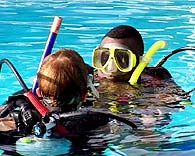 Most Antiguans are of African lineage, descendants of slaves brought to the island centuries ago to labour in the sugarcane fields. However, Antigua's history of habitation extends as far back as two and a half millennia before Christ. The first settlements, dating from about 2400 B.C., were those of the Siboney (an Arawak word meaning "stone-people"), peripatetic Meso-Indians whose beautifully crafted shell and stone tools have been found at dozens of sites around the island. Long after the Siboney had moved on, Antigua was settled by the pastoral, agricultural Arawaks (35-1100 A.D.), who were then displaced by the Caribs-an aggressive people who ranged all over the Caribbean.
Most Antiguans are of African lineage, descendants of slaves brought to the island centuries ago to labour in the sugarcane fields. However, Antigua's history of habitation extends as far back as two and a half millennia before Christ. The first settlements, dating from about 2400 B.C., were those of the Siboney (an Arawak word meaning "stone-people"), peripatetic Meso-Indians whose beautifully crafted shell and stone tools have been found at dozens of sites around the island. Long after the Siboney had moved on, Antigua was settled by the pastoral, agricultural Arawaks (35-1100 A.D.), who were then displaced by the Caribs-an aggressive people who ranged all over the Caribbean.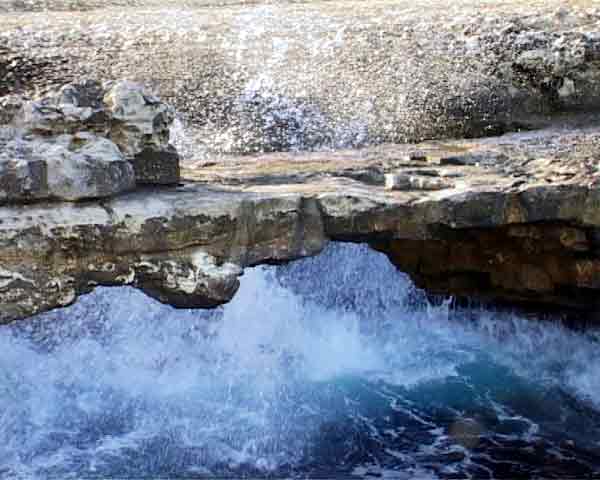
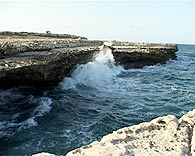
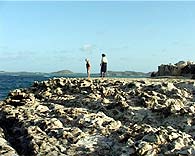

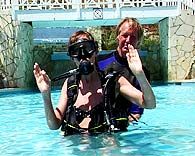
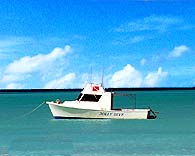


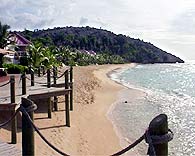
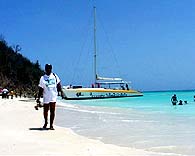
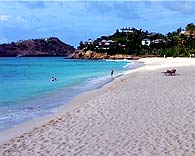
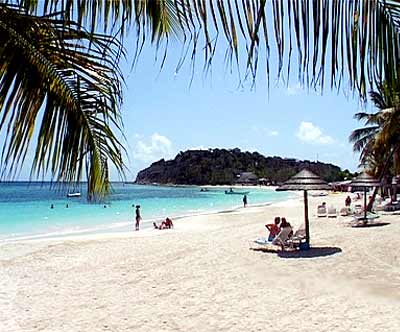



No comments:
Post a Comment